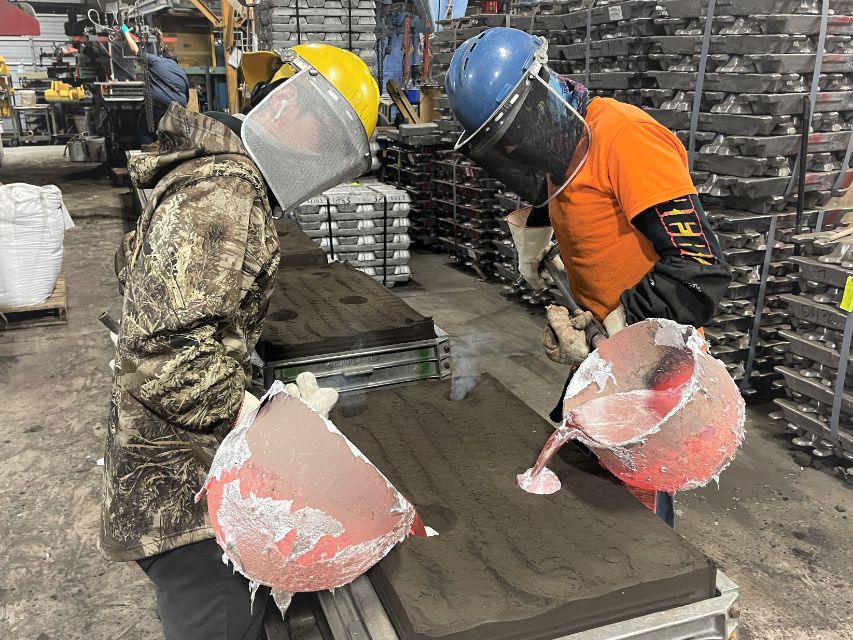
Sand casting is a widely used metal casting process ideal for producing large and complex parts. It is compatible with a variety of metals, including aluminum alloys, iron, steel, and brass. The technique is valued for its flexibility, cost-effectiveness, and ability to accommodate both small-scale and high-volume production.
Two Main Sand Casting Techniques
There are two primary sand casting methods used in foundries:
Green Sand Casting:
This is the most commonly used sand casting method. The term “green” refers to the moisture content in the sand, not the color. Green sand is a mixture of silica sand, clay (usually bentonite), and water. It is cost-effective and suitable for a wide range of applications.Resin Sand Casting:
Also known as no-bake or chemically bonded sand casting, this technique uses sand mixed with synthetic binders that are cured either chemically or thermally. Resin sand offers better dimensional accuracy and surface finish, making it ideal for intricate and high-precision components or core making.
Core Formation in Sand Casting
Cores are used to create internal cavities or complex internal geometries in castings. These are often formed separately using resin sand, due to its better binding strength and mold stability, before being inserted into the green sand or resin mold during the casting process.
Mould Materials and Design Considerations
The patterns (molds) used to form the sand casting cavities can be made from:
Wood: Best suited for low-volume production of small, simple components such as furniture parts or architectural elements.
Silica (Plastic or Resin-Based): Offers higher dimensional stability than wood and is often used for mid-volume runs.
Aluminum Alloy: Recommended for producing large, complex parts or for high-volume and repeat orders. This includes components such as engine blocks, cylinder heads, and machinery housings.
Reusability and Key Mould Features
Sand molds are typically reusable, and permanent patterns are used to ensure consistency across multiple castings. An essential part of mold design involves the placement of pouring cups and risers, which ensure proper metal flow and compensate for shrinkage during solidification. Proper setup of these features is crucial to minimize casting defects and ensure the structural integrity of the final part.
Conclusion
Sand casting remains a foundational technique in metal manufacturing, offering a versatile solution for producing both small and large components. By understanding the differences between green sand and resin sand methods, along with the appropriate use of mold materials and design practices, manufacturers can produce high-quality castings tailored to a wide variety of applications.
